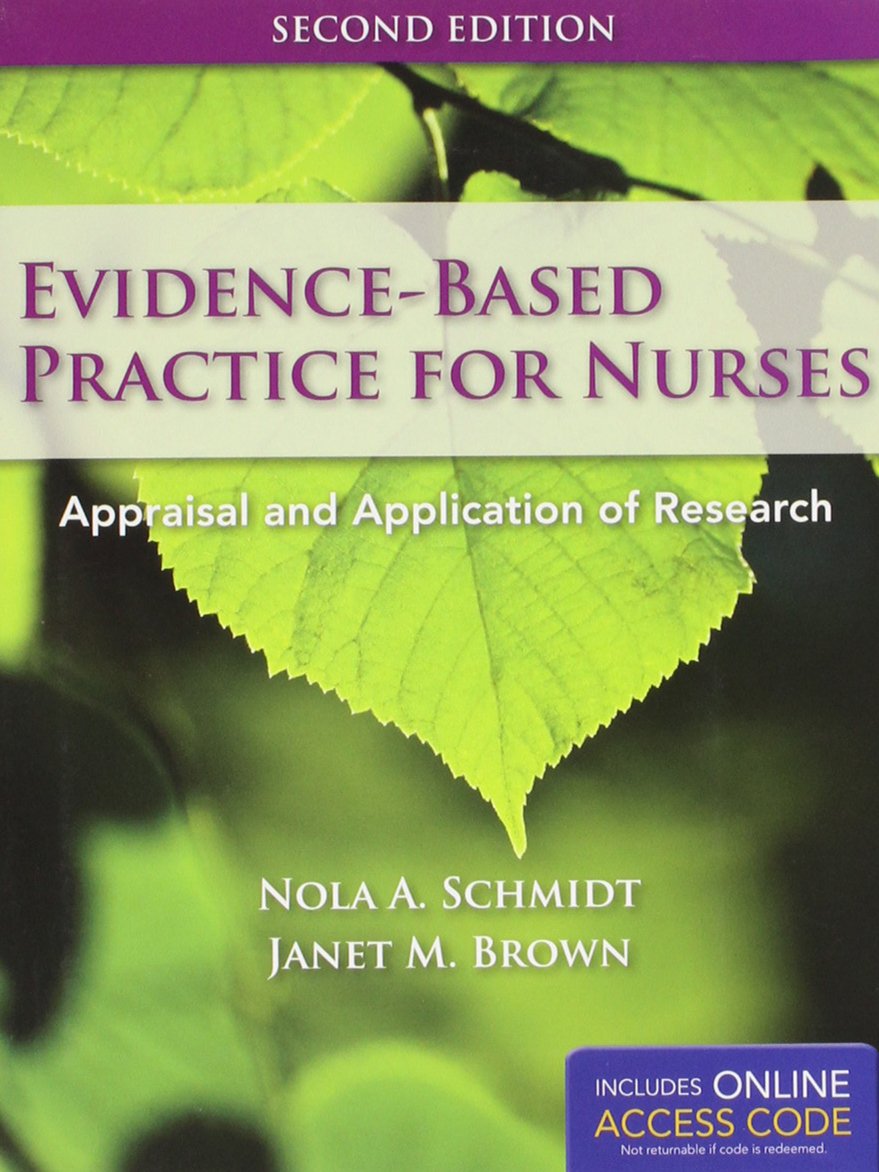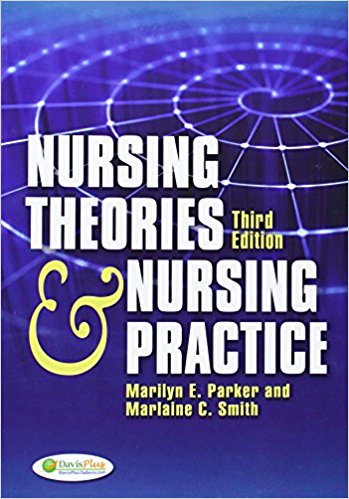Evidence-Based Practice Nurses Appraisal Application Research 2nd Edition By Schmidt Brown -Test Bank
Original price was: $55.00.$20.00Current price is: $20.00.
Digital item No Waiting Time Instant Download
ISBN-10: 1449624073 ISBN-13: 978-1449624071
Publisher: Jones & Bartlett Learning; 2nd edition
Author: Nola Schmidt
Description
Evidence-Based Practice Nurses Appraisal Application Research 2nd Edition By Schmidt Brown -Test Bank
CHAPTER 1
WHAT IS EVIDENCE-BASED PRACTICE?
Multiple Choice
Definition of research (p. 14)
1. Which of the following is the best definition of research?
a. Critically think about problems that occur in health care to determine possible solutions.
b. Information that is based on personal experience or tradition.
c. Planned and systematic activity that leads to new knowledge and/or the discovery of solutions to problems or questions.
d. Trying a variety of approaches to a clinical problem and settling on the approach that is effective more often than not.
Definition of research utilization (p. 4)
2. Which of the following is the best definition of research utilization?
a. Applying research findings from individual studies to practice.
b. Analyzing multiple research studies to synthesize findings.
c. Appreciating the importance of clinical decision-making.
d. Using previous personal experience to build confidence.
Definition of EBP (pp. 4-5)
3. Which of the following is the best definition of evidence-based practice (EBP)?
a. Application of research findings based on scientific theories in a clinical setting.
b. Research studies that correspond to nationally established priorities for healthcare, conducted by experts in their fields.
c. Use of theory-derived, research-based information in making decisions about health care delivery, with consideration of individual needs and preferences and the clinical expertise of the provider.
d. Using the individual health care provider’s perception of truth without conscious attention or reasoning.
Difference between research utilization and EBP (pp. 4-5)
4. Which of the following best describes the difference between research utilization and EBP?
a. Research utilization is a process of evaluating multiple studies for the most generalizable findings; EBP is use of the most recent study on a topic.
b. Research utilization involves changing practice based on findings of a single research study; EBP is the syntheses of findings from multiple studies to incorporate with practitioner skills and client preference to determine best care.
c. Research utilization is the application of research findings to health care practice; EBP is considered in selecting medication options.
d. Research utilization is review of research publications; EBP is using the healthcare provider’s perception of what care would be best in individual situations.
Evidence from other disciplines (p. 6)
5. In what way can evidence from disciplines other than nursing be helpful?
a. Theory based non-nursing evidence can provide a basis on which to build new evidence.
b. Non-nursing evidence supports the use of nursing knowledge obtained by trial and error.
c. Clinical decision making can be based on findings from single non-nursing research studies.
d. All evidence is equally important to the practice of nursing.
Identification of sources of evidence (p. 6)
6. You are a new nurse working at XYZ hospital. Your preceptor tells you to dangle Ms. Jones’ legs on the side of the bed before you attempt to assist her to a chair. You ask your preceptor why this is done and she answers, “This is what we have always done, so go do it.” This is an example of which type of evidence?
a. Trial and error
b. Intuition
c. Borrowed evidence
d. Tradition
Identification of sources of evidence (p. 6)
7. You are a new nurse working at XYZ hospital. Your preceptor tells you to dangle Ms. Jones’ legs on the side of the bed before you attempt to assist her to a chair. You ask your preceptor why this is done and she answers, “Because I said so.” This is an example of which type of evidence?
a. Intuition
b. Tradition
c. Authority
d. Borrowed evidence
Identification of sources of evidence (p. 6)
8. Trial and error is not a preferred approach for delivering nursing care because
a. it is not based on systematic scientific approaches.
b. it is not a sanctioned method by the American Nurses Association.
c. it is based only on intuition and therefore not scientifically based.
d. patient outcomes are always based only on level 1 evidence.
Identification of sources of evidence (p. 8)
9. Many nurses in clinical settings base nursing interventions on information obtained from
a. level 1 evidence.
b. individual research studies.
c. colleagues.
d. the American Nurses Association.
Barriers to adopting EBP (p. 8)
10. Studies have shown that the reasons that nurses do not draw on research are related to
a. communication problems.
b. individual and organizational factors.
c. personal disinterest.
d. rapid organizational changes.





Be the first to review “Evidence-Based Practice Nurses Appraisal Application Research 2nd Edition By Schmidt Brown -Test Bank”